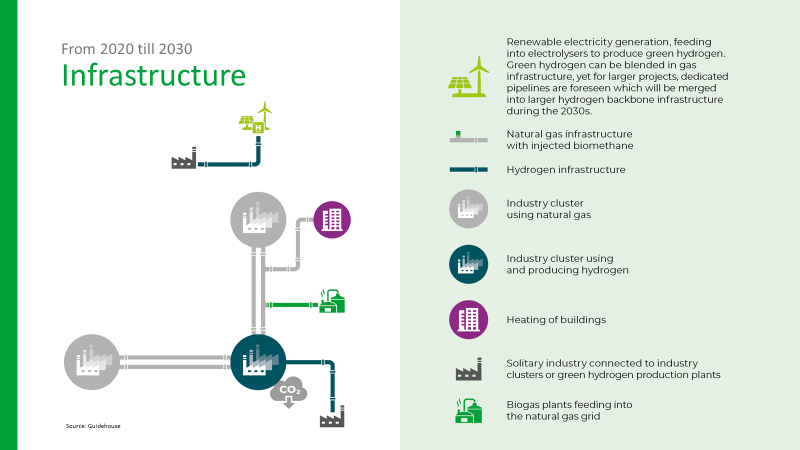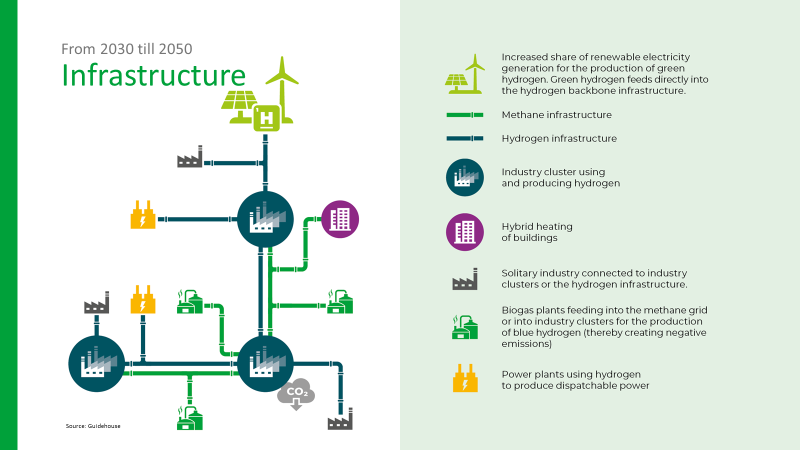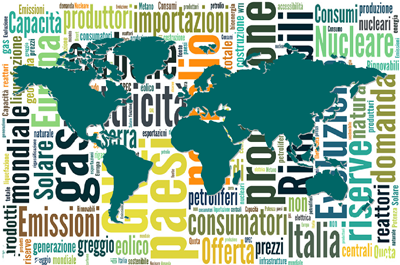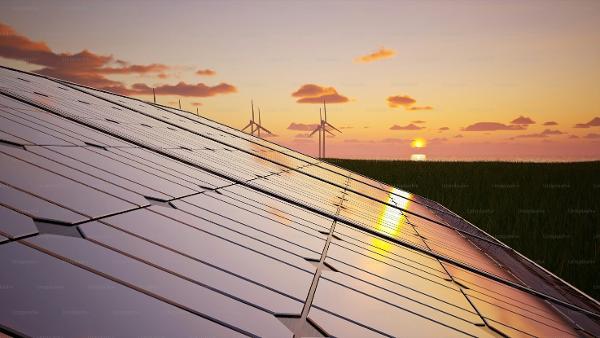On 18 December 2019 the ‘La Castellana’ biomethane plant started to produce biomethane and inject it in the Italian gas grid. The facility is located on a farm in Lombardy which adopted the Biogasdoneright model for sustainable agriculture. Biomethane is produced from agricultural residues and sustainable sequential crops and biogas digestive is being fed back to the field, avoiding the use of chemical fertilisers. La Castellana is one of the first biomethane plants in Italy, and many similar facilities are planned to be build in the coming years. Quantities of biomethane produced in Italy and transported, stored and distributed through the Italian gas infrastructure could grow to a volume up to 15 billion cubic metres during coming decades. Together with growing quantities of renewable electricity, biomethane helps to decarbonise the heating of buildings, industry, electricity production and transport. Alongside biomethane, green and blue hydrogen will also be indispensable to decarbonise energy consumption, not just in Italy but throughout Europe. What is the societal value of biomethane and hydrogen in decarbonising the Italian energy system? This question is relevant for Italy, yet also for the rest of Europe.
The societal value of gas and gas infrastructure in Italy is still being studied, yet two European studies issued by the Gas for Climate consortium already provide relevant insights. energy system in full compliance with the Paris Agreement target to limit global temperature increase to well below 2 degrees Celsius. The group consists of ten leading European gas transport companies (Enagás, Energinet, Fluxys Belgium, Gasunie, GRTgaz, ONTRAS, OGE, Snam, Swedegas and Teréga) and two renewable gas industry associations (European Biogas Association and Consorzio Italiano Biogas). Last year, the consortium, with Snam and Consorzio Italiano Biogas among its members, published a study which concluded that by 2050, a climate neutral energy system based on a ‘optimised’ combination of renewable electricity and renewable gas would be €200 billion per year less expensive compared to achieving climate neutrality with a minimal role for gas and gas infrastructure. The week before last, Gas for Climate published a new study was published that analyses the transition towards the ‘optimised’ or lowest cost climate neutral system by 2050.
The new Gas for Climate study, prepared by Guidehouse, examines how renewable and low carbon gas can be scaled up and used throughout the energy system during the coming decades, and how this impacts gas infrastructure. The study identifies which investments and innovations have to take place in order to achieve a European greenhouse gas reduction target of minus 55% by 2030, and climate neutrality by 2050.
The study shows that already in the 2020s, biomethane production can be accelerated by increased investments in production facilities and by thousands of farmers implementing innovative concepts of sustainable agriculture to produce biogas through double cropping and by adopting organic fertilization and precision farming. Also, the first large-scale biomass to biomethane gasification plants can be expected during the 2020s. Also, during the 2020s the first large blue hydrogen projects (hydrogen produced from natural gas combined with carbon capture and storage) emerge while a solid business case for green hydrogen (based on the splitting of water using renewable electricity) develops. By 2040, or possibly even before, green hydrogen will become cheaper than blue hydrogen and as a result, green hydrogen will become the dominant form of hydrogen. This does require a large scale-up of renewable electricity, beyond what is needed for direct electricity consumption.
After 2050, a share of remaining blue hydrogen production assets can stay operational using biomethane instead of natural gas to create hydrogen, at the same time also creating much needed negative emissions. We call this concept ‘climate positive hydrogen’.
On the demand side, energy renovations of buildings ramp up fast, and hybrid heating solutions are actively propagated towards 100 million hybrid heat pumps by 2050. Heavy industry uses natural reinvestment cycles to convert facilities into net-zero emissions sites using hydrogen and biomethane alongside renewable electricity. Heavy road transport is decarbonised with a rapidly growing role for hydrogen fuel cell and electric trucks, and trucks running on bio-LNG or bio-CNG. Ocean shipping increasingly uses liquefied natural gas (LNG), paving the way for bio-LNG. Aviation starts taking up biokerosene and synthetic kerosene based on green hydrogen. The share of renewables in electricity generation increases from 35% in 2019 to 60%-70% by 2030. Gas-fired power plants will complement this, increasingly running on renewable gases
The future energy system will need a better integration of electricity, heat and low carbon gases and their respective infrastructures. In order to facilitate the transition existing gas grids will be made ready for renewable and low carbon gas, including the creation of a European hydrogen backbone infrastructure largely based on retrofitted existing gas infrastructure. During the 2020s gas infrastructure will still be predominantly used to transport natural gas, with increasing volumes of biomethane being injected, large-scale hydrogen projects in industrial clusters plus the first large-scale green hydrogen projects emerge. Hydrogen is blended with natural gas in existing gas infrastructure, yet we also expect the first dedicated hydrogen pipelines to emerge. These developments are illustrated in the figure below.

During the 2030s, the volumes of biomethane and hydrogen will grow gradually to such extent that separate methane and hydrogen infrastructures can be expected to emerge, each based on existing (partly repurposed) gas infrastructure. This infrastructure supplies heavy industry with hydrogen and biomethane for high temperature heat and feedstock, supplies gas-fired power plants with. This parallel infrastructure is illustrated in the figure below.

Whether this decarbonisation pathway will be achieved depends on national and European governments to provide regulatory certainty and support such as the introduction of a binding mandate for renewable gas and a strengthening of the European emissions trading scheme. It also depends on innovation and entrepreneurship, as has been displayed in Lombardy with the creation of ‘La Castellana’.




















